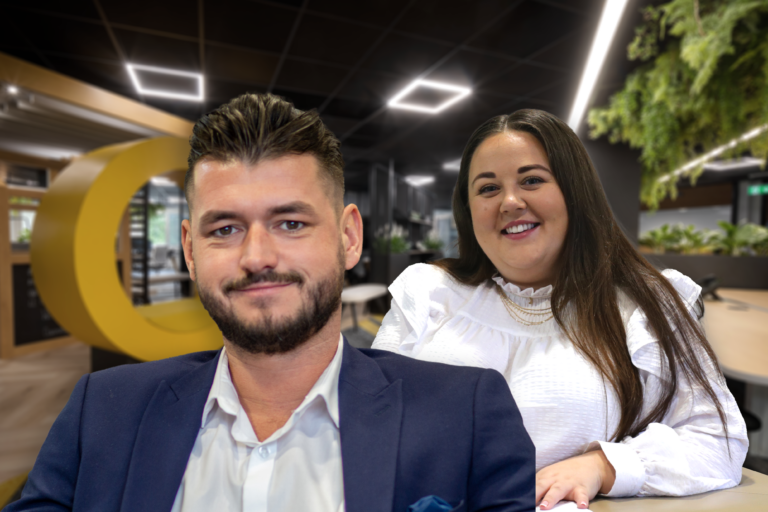
Office Interior Design Stats - Pre-Pandemic vs Post-Pandemic.
Date
9 January 2023
Read length
3 min
Many organisations feel they’re on the back foot as they struggle to catch up with changing employee requirements and new ways of doing business. It’s why data from our annual insight report, which captures insights from more than 9000 UK employees, is so valuable right now – as it highlights the wants and expectations of a workforce that is fast embracing the new hybrid world of work.
Pre-pandemic office occupancy rates were on average 65% according to our own data, but now it’s typically on average less than 50% due to the increase in remote working.
When you break this down, our data shows most workplaces are virtually empty on Fridays (17% occupancy) and Mondays (28% occupancy) which raises important questions about how organisations can even out occupancy to optimise asset use and reduce unoccupied space, while still providing autonomy and flexibility to workers. To answer this, it’s useful to first revisit why people are now visiting the office and what this requires of both space and office interior design.
Statistical changes
Our data tells us that people come to the office to see other people, be that for team meetings or social events, learning and mentoring, classes, activities, and other group experiences. They are seeking out the experiences they simply can’t get by working from home.
Consequently there’s a shift in space allocation away from desks to other shared amenities. Pre-pandemic 50% of an organisation’s space was allocated to desking to reflect how work was done and achieve the occupancy required. Now desking accounts for just 36%. This reduction is driven by a realisation that organisations need to provide a greater variety of activity-based work settings (and therefore experiences) if they are to entice people back into the shared workplace.
Pre pandemic open collaboration spaces were just 7%. Now, they make up 20% of the post pandemic workplace. Similarly, where once formal meeting spaces for clients and visitors accounted for 6% of the space, it’s now just 2% as organisations make better use of remote technologies in place of face-to-face meetings.
Statistics determining office interior design
All of these statistics support the birth of the Destination Office – the idea that the workplace has to become a highly desirable and sought-after place to be because it offers the experiences that home working simply can’t deliver. The Destination Office is the very epitome of a future flexible workplace for it comprises a wide variety of workspaces designed to offer a vast array of experiences.
This blend of workspaces includes areas for concentrated quiet work with individual desks, one-person pods and phone booths, as well as numerous co-working and tech-enabled collaboration settings for people to coalesce either formally or informally. It includes amenities purely for socialising and wellbeing such as cafes, outdoor spaces and games rooms, areas for learning and training and flexible areas that can host company-wide gatherings, product launches and even community events.
In this context it’s easy to see why desking is no longer the main stay of a progressive workplace – it is just one of a number of settings required.
Using data to drive change
As we examine the nature and role of the workspace in a changing world, there’s the potential for organisations to reduce their property costs and occupy less space. However, the real opportunity lies in re-imagining office interior design and taking the time to really understand employees shifting needs – when organisations do that, they’ll see the need to increase investment in the workplace in order to offer new, important and more varied amenities. This will have significant implications for organisations as they start to address making the workplace ‘better than home’ and it brings changing priorities for FM, finance, technology and HR departments. What is clear, is that organisations that really value their people will choose the optimum blend of amenities to become a true Destination Office.
To find out more about the search for balance in the post pandemic workplace, download our annual Insight Report ‘Balanced Workplaces’ today.
See how we could help with your new office interior design or office design and build project here
Get in touch
We love nothing better than talking all things workplace and design – got a question, potential project or just need some guidance?
Drop us a note…





